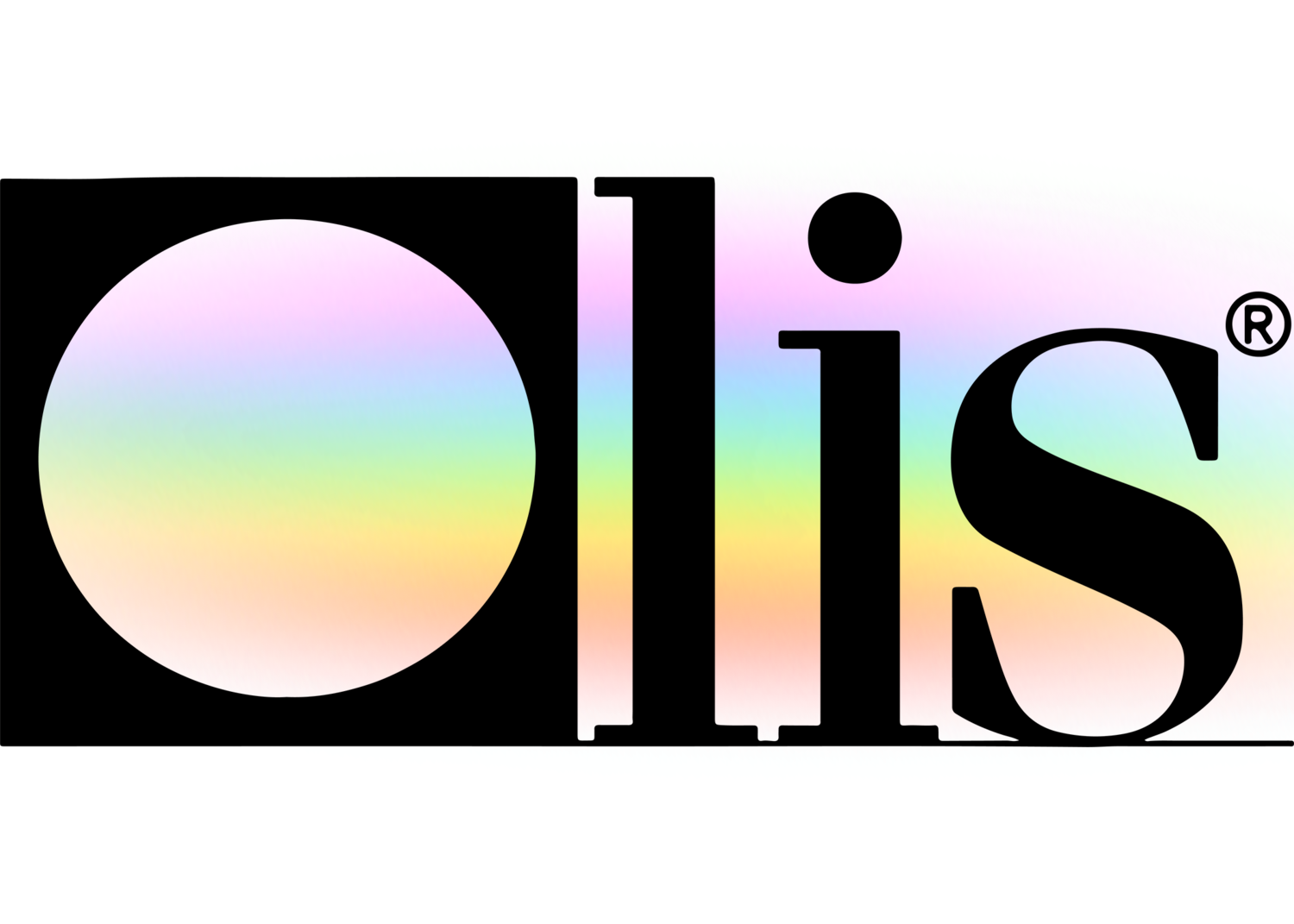About Uv/vis/nir
About Uv/vis/nir
Blog Article
Fascination About Uv/vis/nir
Table of ContentsFascination About SpectrophotometersSome Known Details About Circular Dichroism Spectrophotometers Fundamentals ExplainedGetting My Circularly Polarized Luminescence To WorkSpectrophotometers - Truths

Spectrophotometry is a tool that hinges on the quantitative analysis of molecules depending on how much light is soaked up by colored substances.
Our Uv/vis/nir Statements
A spectrophotometer is typically used for the measurement of transmittance or reflectance of solutions, transparent or opaque solids, such as refined glass, or gases. Numerous biochemicals are colored, as in, they take in visible light and therefore can be measured by colorimetric procedures, even colorless biochemicals can often be converted to colored substances ideal for chromogenic color-forming reactions to yield compounds suitable for colorimetric analysis.: 65 However, they can also be developed to determine the diffusivity on any of the noted light varieties that generally cover around 2002500 nm utilizing various controls and calibrations.
An example of an experiment in which spectrophotometry is used is the decision of the stability constant of an option. A particular chain reaction within a service might occur in a forward and reverse direction, where reactants form products and products break down into reactants. At some time, this chemical reaction will reach a point of balance called a stability point.
All About Spectrophotometers
The quantity of light that travels through the option is indicative of the concentration of specific chemicals that do not allow light to travel through. The absorption of light is due to the interaction of light with the electronic and vibrational modes of molecules. Each kind of molecule has a private set of energy levels associated with the makeup of its chemical bonds and nuclei and hence will take in light of particular wavelengths, or energies, resulting in special spectral residential or commercial properties.
The usage of spectrophotometers covers various clinical fields, such as physics, products science, chemistry, biochemistry. UV/Vis, chemical engineering, and molecular biology. They are commonly used in numerous markets including semiconductors, laser and optical production, printing and forensic examination, in addition to in visit homepage labs for the study of chemical substances. Spectrophotometry is frequently utilized in measurements of enzyme activities, decisions of protein concentrations, determinations of enzymatic kinetic constants, and measurements of ligand binding reactions.: 65 Eventually, a spectrophotometer has the ability to determine, depending upon the control or calibration, what substances are present in a target and precisely just how much through calculations of observed wavelengths.
This would come as an option to the previously developed spectrophotometers which were not able to absorb the ultraviolet properly.
Getting My Uv/vis To Work
It would be found that this did not provide acceptable results, for that reason in Model B, there was a shift from a glass to a quartz prism which permitted for much better absorbance outcomes - spectrophotometers (https://www.cgmimm.com/arts-entertainment/olis-clarity). From there, Design C was born with a change to the wavelength resolution which ended up having three units of it produced
It was produced from 1941 to 1976 where the cost for it in 1941 was US$723 (far-UV accessories were an option at additional expense). In the words of Nobel chemistry laureate Bruce Merrifield, it was "most likely the most important instrument ever established towards the improvement of bioscience." Once it ended up being discontinued in 1976, Hewlett-Packard created the very first commercially readily available diode-array spectrophotometer in 1979 referred to as the HP 8450A. It irradiates the sample with polychromatic light which the sample absorbs depending on its homes. It is transferred back by grating the photodiode selection which discovers the wavelength region of the spectrum. Because then, the development and execution of spectrophotometry devices has increased tremendously and has actually become one of the most ingenious instruments of our time.

The 9-Minute Rule for Spectrophotometers
The grating can either be movable or fixed.
In such systems, the grating is fixed and the strength of each wavelength of light is determined by a different detector in the range. Additionally, most modern mid-infrared spectrophotometers use a Fourier change strategy to get the spectral information - https://sketchfab.com/olisclarity1. This method is called Fourier transform infrared spectroscopy. When making transmission measurements, the spectrophotometer quantitatively compares the portion of light that travels through a referral service and a test option, then digitally compares the strengths of the two signals and calculates the percentage of transmission of the sample compared to the reference requirement.

Report this page